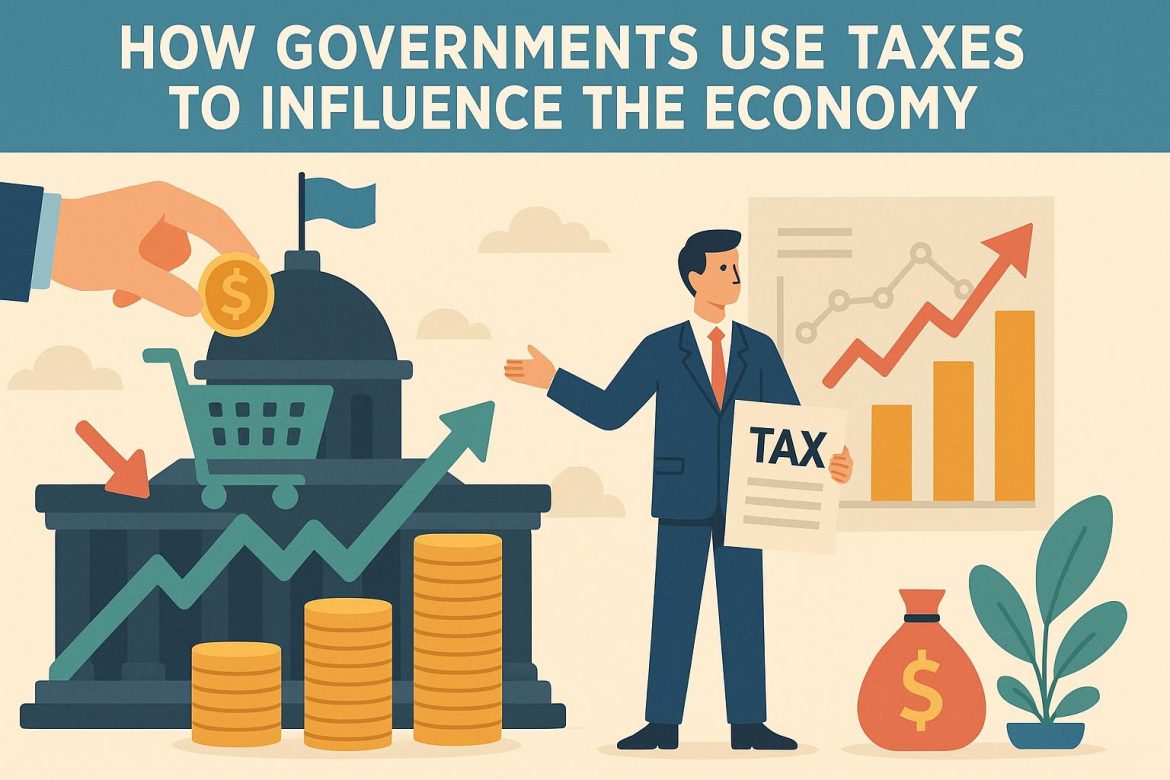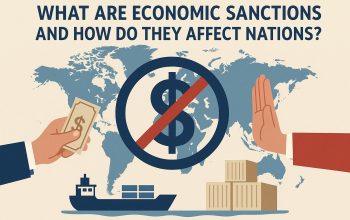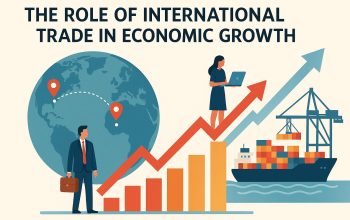Introduction to Taxation and Economic Influence
Taxes are an essential component of government strategy to manage and influence national economies. By leveraging different forms of taxation, governments can directly impact individual and corporate financial behavior, as well as broader economic trends. In this analysis, we will delve deeper into the primary types of taxes and their unique roles and impacts on economic structures and processes.
Types of Taxes and Their Economic Impact
The tax landscape is diverse, with multiple forms delivered to achieve various economic goals. Among the most utilized are income tax, corporate tax, sales tax, and property tax. Each tax affects economic behaviors and outcomes in distinct ways, shaping the broader economic picture.
Income Tax, often structured to be progressive, is a tax on individuals’ earnings. The progressive nature means that individuals with higher income levels are taxed at higher rates. The intention behind this system is twofold: to mitigate income inequality and to raise funds for public services and social infrastructure. By redistributing wealth through this mechanism, governments can ensure a more equitable society with improved access to essential services.
Corporate Tax targets the profits of companies. Modifications in corporate tax rates can have a significant knock-on effect on corporate strategies, particularly concerning investments. For instance, lower corporate taxes can serve as an incentive for companies to invest more aggressively in research, expansion, and job creation, potentially leading to overall economic growth. Conversely, higher corporate tax rates may result in reduced investment incentives, potentially slowing economic momentum.
Sales Tax is applied at the moment of purchasing goods and services. Its effect on consumer behavior is relatively direct; as sales taxes increase, the cost of goods rises, potentially discouraging consumer spending on non-essential items. This type of tax is often seen as regressive, as it takes a larger percentage of income from those on lower salaries than from higher earners, thus having an intricate role in economic dynamics.
Property Tax is based on the assessed value of real estate properties. Revenues from property taxes are generally crucial for municipal and local government funding, supporting schools, infrastructure, and public safety. Variations in property tax rates can influence the housing market by affecting home affordability and the economic attractiveness of investing in real estate. Changes can also have broader implications on urban development and regional economic health.
Fiscal Policy and Economic Stabilization
Taxes are central to fiscal policy, a government’s strategy to influence economic conditions by adjusting its spending levels and tax rates. Fiscal policy is a key tool for economic stabilization. During periods of economic downturn or recession, governments might reduce taxes to boost consumer and business spending, supporting demand and driving economic recovery. The aim is to increase disposable income, enhance consumption, and encourage private sector investment. Conversely, in times of rapid economic expansion with potential inflationary risks, governments might increase taxes to cool off the economy, aiming to curb excessive spending and maintain price stability.
Tax Incentives and Economic Growth
An effective strategy within the fiscal policy framework is the use of tax incentives to stimulate specific economic activities. This approach can direct economic growth towards targeted sectors. For example, tax credits for research and development (R&D) expenditures are designed to encourage innovation, supporting advancements in technology and productivity. This can lead to competitive advantages on a global scale and contribute significantly to long-term economic growth. Furthermore, incentives for investments in renewable energy not only contribute to environmental goals but also stimulate growth in green technology sectors, ensuring sustainable economic progress while tackling climate change challenges.
Conclusion
In summary, taxation is more than a method for governments to raise revenue; it is a sophisticated tool to influence economic behavior and maintain economic stability. Through careful adjustments of tax rates and the strategic implementation of tax incentives, governments aspire to guide economic activities, stabilize financial systems, and promote fair and sustainable growth. A deeper understanding of these mechanisms can be gained through examining government finance reports, economic policy papers, and analyses from respected economic institutions. These resources offer rich insights into how fiscal policies are crafted and their consequent impacts on the economy.
This article was last updated on: September 1, 2025




